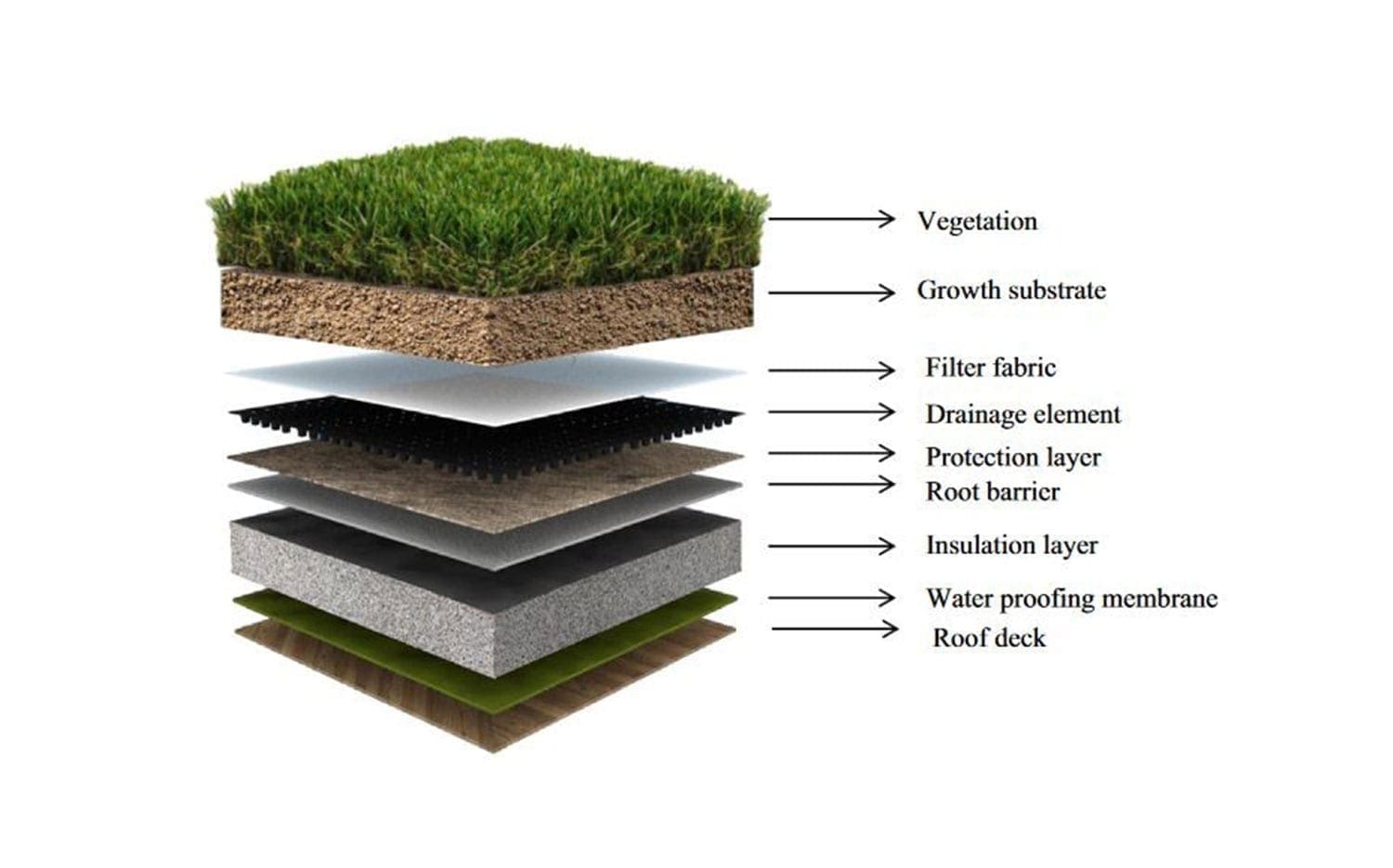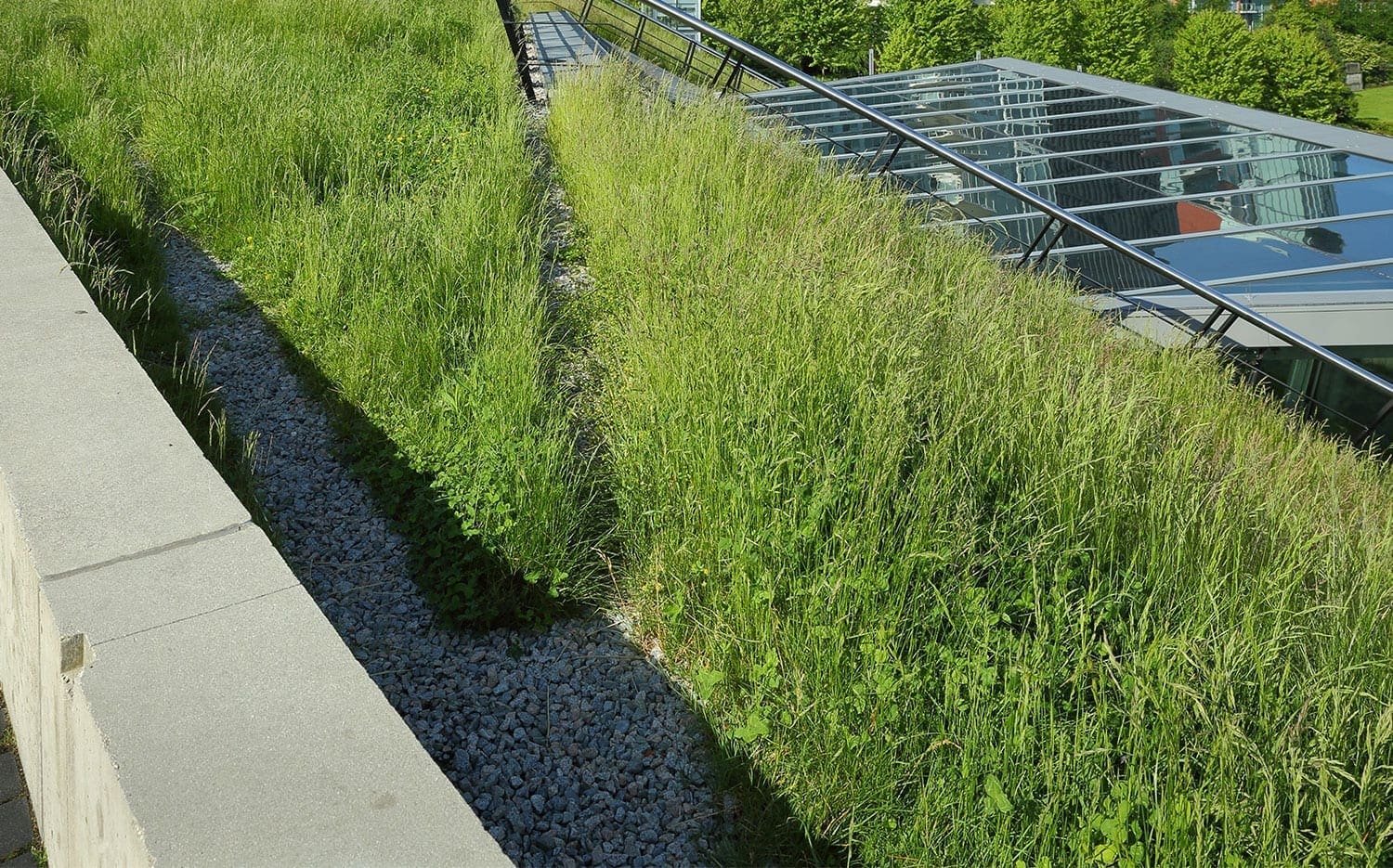Have you ever stood on a Maltese roof and said to yourself “My word what a mess!” Roofs, and locally flat roofs, dominate the skyline and the erratic disposition of their arrangement brings to mind the work of René Caillié who in 1830 wrote in a report (1) on the “discovery” of Timbuktu: “I had formed a totally different idea of the grandeur and wealth of Timbuktu. The city presented, at first view, nothing but a mass of ill looking houses built of earth”.
In a similar spirit, Alphonse de Lamartine considered that in Beirut, “las casas de la ciudad se elevaban agrupadas de un modo confuso, y los techos de algunas servían de terrado a las otras. Estas casas, cuyos techos eran llanos (...) nos anunciaban el Oriente”. (Translation “the city houses rose in a confused group, and the roofs of some served as roofs for the others. These houses, whose roofs were flat (...) announced the East”.) The Mediterranean is, in Fontenay’s words, a ‘relational space and a meeting place’ (2) for many people from many different nationalities, religions, languages and ethnicities.
The local tradition of having flat roofing systems stems from this same construction tradition. It is amazing how cultural and technological transfers between Muslim and Christian worlds have always been a way of life in the Mediterranean region. However, conviviality may not always be seamless. In today’s contemporary societies, acculturation requires a suitable social, economic and cultural environment. Malta managed that, and the dichotomy of the appearance of our country fusing the western and eastern worlds is still strong, albeit many years have passed since the colonisation by the Arabs.
Despite being the most built-up country (3), with the largest population growth (4) in the EU, the demand for construction prevails. Largely, the outcome of mass development is densification, a lower quality of life and a declining air quality in urban areas. A way to counteract this rapid urbanization, is to create green infrastructure – but with the lack of open spaces and apartment blocks being the predominant building type, what are we left with? Roofs!
Other than using them to simply house mechanical and electrical installations, can roofs change back to being a social space? Could green roofs be the solution to an enhanced quality of life?
What is a green roof?
A green roof is partially or fully covered in a series of layers that allow the cultivation of vegetation forming an efficient functioning system (4). It is recommended that a professional would give advice on the most effective system for particular locations.
There is a misconception that the entire roof needs to be covered to fully reap the benefits of the green roof. While it is true that one cannot thread on a green roof, the use of walkways encourages circulation and maintenance, and they direct and control movement as necessary. These pavers or gravel may be placed directly on top of the growing medium. The latter is what contributes greatly to the insulation benefits of the roof. So non-vegetative areas need not inhibit the benefits.
Given the right conditions, green roofs are suitable for retrofit applications as well as for new developments. In the case of a retrofit, the roof must first be checked by a structural engineer to assess its load capacity and whether it can withstand the additional weight from the green roof.

Photo credit: buildup.eu
Practical value
Apart from creating a recreational space for urban dwellers to relish, green roofs have the benefit of insulating buildings against drastic temperature fluctuations. A paper published by researchers from the University of Calabria shows that roof surface temperatures can be reduced immensely in summer using green roofs. Bituminous roofs (possibly the most common roof surface in Malta) reached a maximum temperature of 73.5°C, whereas the maximum temperature of the green roofs reached 34.8°C.
“Bituminous roofs (possibly the most common roof surface in Malta) reached a maximum temperature of 73.5°C, whereas the maximum temperature of the green roofs reached 34.8°C.”
The study also showed that, when cooling the building, green roofs could lower the energy consumption by 58% for the topmost floor, and between 15% and 39% for the whole house. When heating the building, the reduction in energy consumption can vary between 5% to 17% for the topmost floor, and between 2% and 8% for the whole house. Within a Mediterranean climate, several factors contribute to the efficiency of this natural cooling system, including the roof’s insulation, plant density, soil thickness, and irrigation level.
These findings demonstrate that of all the surfaces constituting a building envelope, the roof is a crucial point for improving the indoor temperature. This is because the building’s surface temperature and heat transfer is generally at its maximum there, especially during the summer (5).
Another study conducted by researchers from the Higher Technical School of Agricultural Engineering of the University of Seville, considering Seville as a case study, shows that the addition of green roofs is beneficial for both the person and the city. In fact, the study suggests that by converting between 11% to 40% of the city urban roofscape into green roofs, the rise in temperatures due to climate change can be mitigated. When considering Malta, this equates to an area of roughly 35km2 devoted to green roofs – an area equal to that of Mellieħa and St. Paul’s Bay combined, in the most optimistic scenario (6). However, this need not be an impossible goal – in Germany 14% of all roof areas are now green roofs (7).
“…by converting between 11% to 40% of the city urban roof area into green roofs, the rise in temperatures due to climate change can be mitigated.”
Wellbeing value
Have you ever gone for a relaxing walk in the countryside and felt a sense of relief from the hustle and bustle of daily life? This is no coincidence - in fact, there is a growing body of research-based evidence confirming the correlation between the visual and physical contact with natural greenery and a reduction in stress.
Healthcare facilities are making use of these benefits by introducing “healing gardens” within their premises. To relieve stress, British doctors are now prescribing walks in nature. These gardens have been proved to help patients require less pain medication, shorter hospital stays, experience fewer post-surgical complications and a reduction in anger and anxiety. A study on post-surgery patient recovery has shown that patients surprisingly recover quicker if they can simply look out onto green spaces (8). Clare Cooper Marcus and Marni Barne – two experts in this field and authors of the book “Healing Gardens: Therapeutic Benefits and Design Recommendations” – explain how the healing aspect is experienced because the gardens promote symptom relief, reduction in stress, and an improvement in overall sense of wellbeing. As a matter of fact, within 3 to 5 minutes of viewing trees, flowers, or water, a person’s blood pressure, respiration rate, brain activity, and production of stress hormones all decrease and mood improves (9) (10).
While healing gardens are tailored to healthcare facilities, perhaps the same wellbeing benefits can be experienced by incorporating green roofs within a typical urban context.
“…within 3 to 5 minutes of viewing trees, flowers, or water, a person’s blood pressure, respiration rate, brain activity, and production of stress hormones all decrease and mood improves.”

A growing trend?
With all the benefits of green roofs, one might wonder why it has not become a common practice yet. One big reason is the initial expense involved – green roofs could cost two to three times more than a non-green roof (11). This cost varies depending on the type of green roof and the choice of plants. However, this initial capital expense can be regained quickly, as a green roof increases both the property’s value and of nearby properties (12). One other reason is people’s scepticism or fears of improper construction – a consequence of misinformation.
In 2013, the EU funded the LifeMedGreenRoof project to spread awareness about the potential of green roofs in a local context. A national standard (Criteria for the planning, construction, control and maintenance of Green Roofs - SM3700:2017) was also developed to ensure the proper design, functioning, and maintenance of green roof construction.
The weaving in of Maltese’s love for the outdoors to this technical knowledge of green roof is essential in understanding the importance to reinstate the roof as part of our everyday life, and use it as the functional, social and healing place that it could be.
It is high time that the connotation of “Nothing but a mass of ill looking roofs” is eradicated. For green roofs to become common practice, a national action plan with incentives must be devised by public authorities and policy makers to mobilise the implementation of green roof construction in Malta.